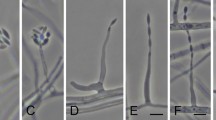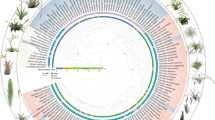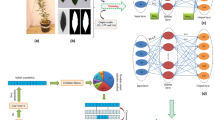Abstract
THE genus Lilæa was founded by Humboldt and Bompland for a very curious plant closely allied to our native Triglochin, which was first found by them in New Grenada. The present memoir, which has apparently only recently reached Europe, is one of the most elaborate studies probably ever made of the entire morphology, histology, and development of a single flowering plant, and is due to the unexpected discovery of the plant in 1875 in the Argentine Republic. The curious reductions of structure which are the result of a more or less aquatic mode of life have always made plants of this kind attractive to investigators.
This is a preview of subscription content, access via your institution
Access options
Subscribe to this journal
Receive 51 print issues and online access
$199.00 per year
only $3.90 per issue
Buy this article
- Purchase on SpringerLink
- Instant access to full article PDF
Prices may be subject to local taxes which are calculated during checkout
Similar content being viewed by others
References
"Monografia de Lilæa subulata." Por J. Hieronymus . Actas de la Academia national de Ciencias en Córdoba. (Buenos Aires, 1882.)
Rights and permissions
About this article
Cite this article
D., W. Lilæa 1 . Nature 29, 530–531 (1884). https://doi.org/10.1038/029530a0
Issue date:
DOI: https://doi.org/10.1038/029530a0



